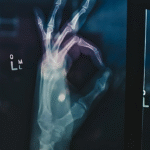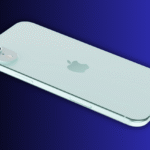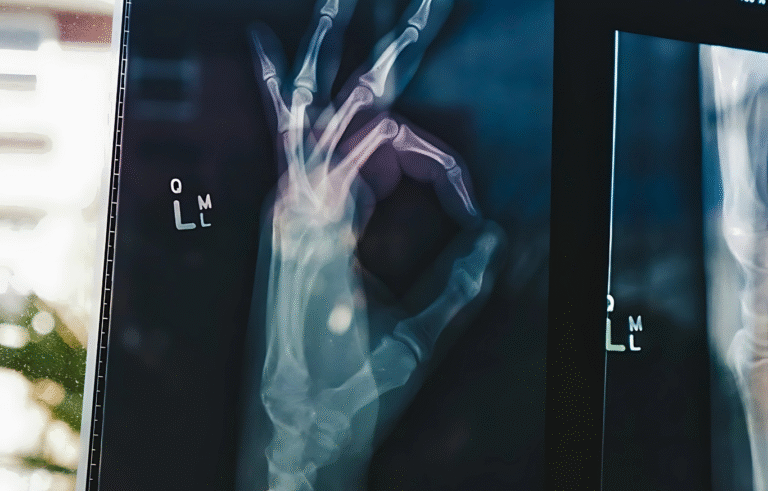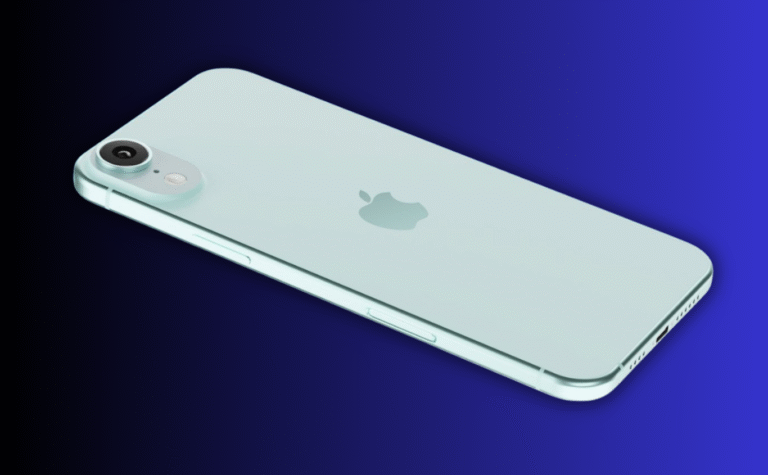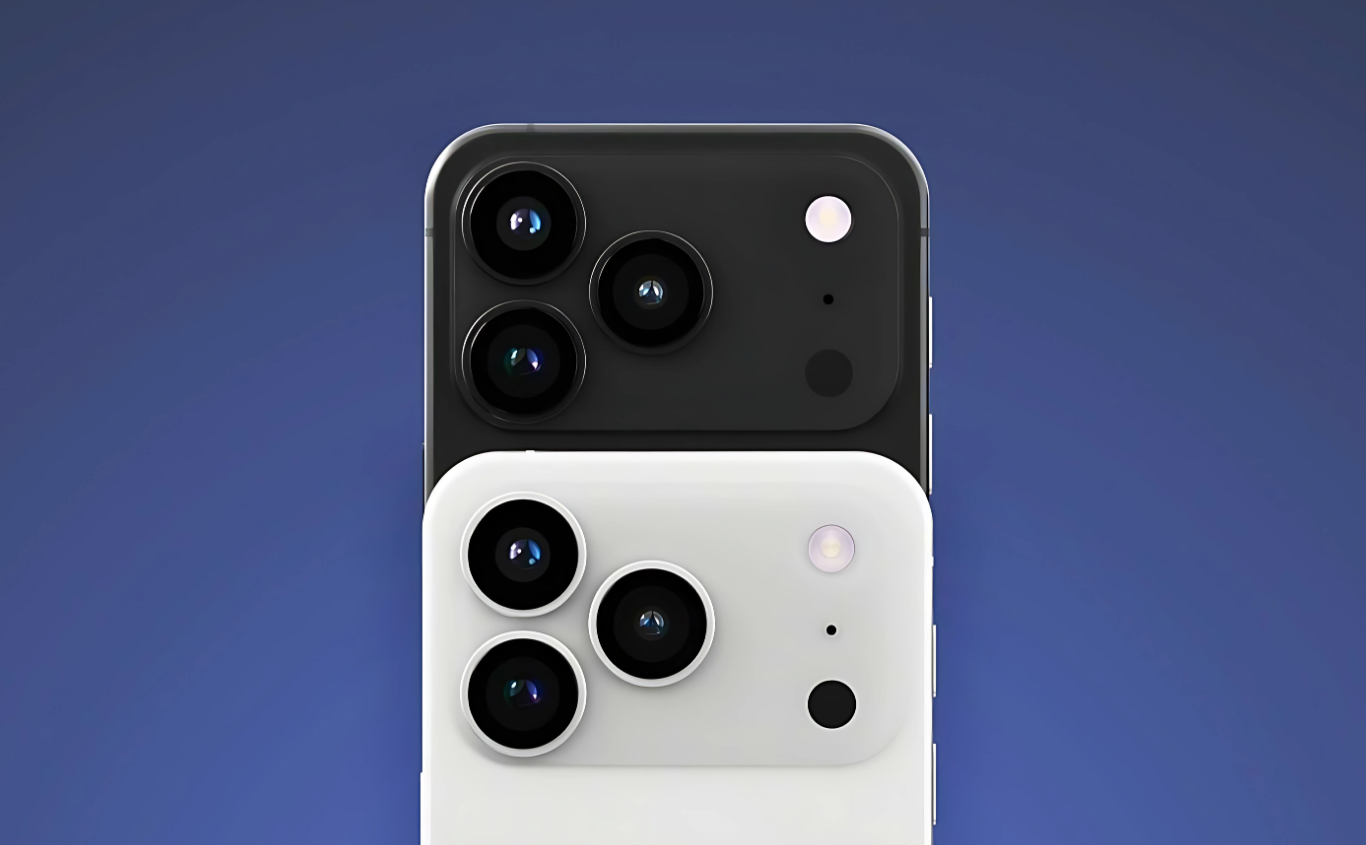
Apple Approves BOE to Manufacture OLED Displays for iPhone 17 Pro in China.
Apple Strengthens Supply Chain with BOE Approval for iPhone 17 Pro Panels
In a significant move for its global supply chain strategy, Apple has officially approved BOE Technology Group to produce OLED display panels for the upcoming iPhone 17 Pro, specifically for the Chinese market. This decision marks a pivotal step in BOE’s ongoing efforts to join the ranks of Apple’s top-tier component suppliers, a space long dominated by Samsung Display and LG Display.
BOE, known as China’s largest OLED panel manufacturer, has historically supplied displays for entry-level iPhones. However, the iPhone 17 Pro represents BOE’s first foray into Apple’s high-end device segment, signaling not only technological progress but also improved production quality.
Apple’s Strategic Shift: Reducing Dependence on Korean Suppliers
Apple’s decision to involve BOE in the production of Pro-level OLED panels stems from a broader strategic objective—to diversify its supplier base and reduce its reliance on South Korean giants. By onboarding BOE for high-end screen manufacturing, Apple is embracing a multi-vendor approach that fosters competitive pricing and ensures resilience in times of geopolitical uncertainty.
According to industry expert Jukan Choi, who revealed the development on X (formerly Twitter) on July 9, BOE’s approval currently applies solely to units intended for China’s domestic market. However, BOE is expected to receive full mass production qualification for display modules by the end of July, potentially expanding its role in the coming months.
BOE’s Breakthrough: Climbing the Quality Ladder
For BOE, Apple’s approval is a watershed moment. The company has long sought to prove its ability to meet Apple’s exacting standards for display technology. While BOE has had success with standard OLED panels for lower-tier iPhones, it struggled in previous attempts to qualify for LTPO OLED displays—the advanced technology used in Apple’s Pro models to enable features like ProMotion and adaptive refresh rates.
This recent green light suggests that BOE has made substantial progress in addressing past concerns related to yield rates, consistency, and unauthorized design changes. A significant setback occurred in 2022 when Apple dropped BOE from the iPhone 13 supply chain after it altered transistor designs without prior approval. Since then, BOE has focused on regaining trust through improved quality control and more transparent communication.
Benefits for Apple: Local Production Reduces Risk and Cost
Partnering with BOE for localized production gives Apple several advantages. First, it enables Apple to sidestep specific import tariffs and regulatory hurdles. With China being one of Apple’s largest consumer markets, working with a domestic supplier could help the tech giant strengthen ties with Chinese regulators and bolster its brand among local consumers.
Secondly, local manufacturing helps simplify the supply chain and can reduce logistical costs. Apple’s approval of BOE for display production strengthens its preparations for the annual iPhone manufacturing surge in late summer, helping ensure a seamless product launch in September.
Impact on Competitive Dynamics in the OLED Display Market
BOE’s entry into Apple’s display supplier network is expected to significantly disrupt and reshape the OLED display market. Traditionally, Samsung and LG have been Apple’s go-to partners for premium OLED screens, especially those using LTPO (Low-Temperature Polycrystalline Oxide) technology. Samsung still leads in OLED production capacity and efficiency, but BOE’s entrance into the Pro-level space could alter that balance.
Apple’s multi-supplier strategy increases its bargaining power, fostering stronger competition among display vendors. This not only helps Apple negotiate better pricing but also ensures technological innovation remains high across the board.
Looking Ahead: What This Means for the iPhone 17 Pro and Beyond
Currently, BOE’s panels are approved exclusively for iPhone 17 Pro models sold in China, with no signs yet of international availability. However, analysts speculate that if BOE maintains high production standards and passes the final mass production qualification tests, Apple may expand its role in future global iPhone models.
BOE’s inclusion also fits into Apple’s larger strategy of regionalizing production, particularly as geopolitical tensions threaten global trade dynamics. By integrating local suppliers, Apple is hedging against potential supply chain disruptions, ensuring a more stable manufacturing pipeline.
Conclusion: A New Chapter for Apple and BOE Collaboration
The approval of BOE as a display panel supplier for the iPhone 17 Pro in China is more than just a business decision—it’s a strategic move that could reshape the dynamics of the global OLED market. For Apple, it signals a step toward supply chain resilience and cost efficiency. For BOE, it’s an opportunity to solidify its reputation as a world-class display manufacturer and potentially secure a place in future iPhone launches worldwide.
As the smartphone industry becomes increasingly competitive, partnerships like these may define the future of tech innovation, supply chain diversification, and regional manufacturing strategies.

